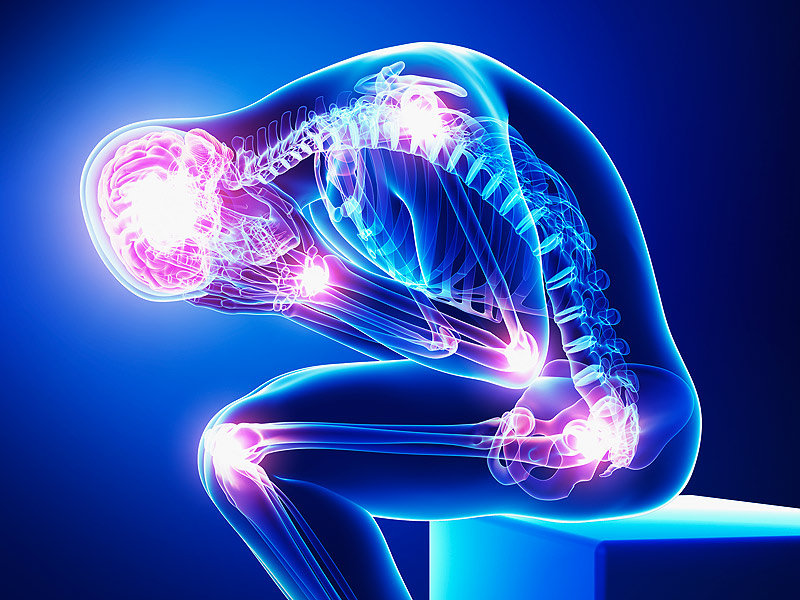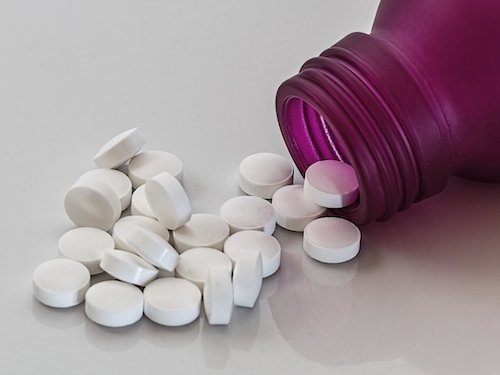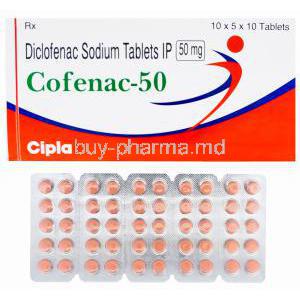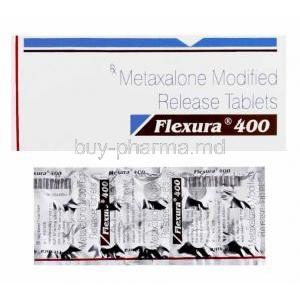Panadol Migrestop
- I. Introduction
- II. Composition
- III. Uses
- IV. Off-label Use
- V. How it Works
- VI. Dosage and Administration
- VII. Side Effects
- VIII. Important Precautions
- IX. Interaction
- X. Warning
- XI. Contraindication
- XII. Careful Administration
- XIII. Administration to Special Populations
- XIV. Overdosage
- XV. Storage
- XVI. Handling Precautions
I. Introduction
The field of medicine has seen advancements with the arrival of Panadol Migrestop, a groundbreaking pain relief solution specifically crafted to effectively address headaches and migraines. Rooted in scientific exploration, this remedy has established itself as a reliable option in the realm of pain relief. This piece aims to shed light on facets of Panadol Migrestop, encompassing its ingredients, applications, proper usage guidelines, and potential adverse reactions.
II. Composition
Panadol Migrestop's effectiveness is credited to the component that works quickly to relieve pain.
-
Paracetamol (Acetaminophen)
-
Acetylsalicylic Acid (Aspirin)
-
Caffeine

III. Uses
- Panadol Migrestop is indicated for use in adolescents aged 16 years and older, as well as adults, for the treatment of various conditions, including:
- Headaches
- Toothaches
- Acute migraine attacks
- Neuralgia (nerve pain)
- Musculoskeletal system pains
- Dysmenorrhea (menstrual pain)
- Pain accompanying common cold and related conditions1.
IV. Off-label Use
-
- Panadol Migrestop has been reported to provide relief from neuropathic pain. Neuropathic pain is caused by damage or dysfunction of the nervous system and can be challenging to manage. Some patients have found relief when using Panadol Migrestop for this purpose.
-
Treatment of Osteoarthritis Pain:
- Osteoarthritis is a common joint disorder characterized by pain, stiffness, and reduced joint function. Panadol Migrestop has demonstrated efficacy in managing osteoarthritis pain, making it a potential option for individuals dealing with this condition.
-
Backing for Off-Label Usage:
- Healthcare providers have occasionally recommended Panadol Migrestop for off-label use beyond its standard indications. Off-label use refers to using a medication for purposes other than those officially approved by regulatory agencies.
V. How it Works
Panadol Migrestop works by serving a purpose, acting as both a pain reliever and fever reducer. Its effects include alleviating pain and lowering body temperature through antipyretic actions, impacting pharmacokinetics and pharmacodynamics.

VI. Dosage and Administration
When giving Panadol Migrestop it's important to be precise.
- Consider the recommended dose for adults.
- Make necessary changes for certain groups like the elderly or people with kidney or liver issues.
VII. Side Effects
Like any other medicine, Panadol Migrestop might cause some side effects, but they usually don't last long and can be handled. The typical side effects include feeling sick, getting dizzy, or experiencing reactions. However, it's important for patients to watch out for any side effects, like liver damage or severe allergic reactions that require immediate medical attention.
Typical side effects:
- Feeling sick, Dizziness,
- Allergic reactions
Severe side effects and their signs:
- Liver damage,
- Severe allergic reactions
VIII. Important Precautions
Before adding Panadol Migrestop to your health routine it's important to take precautions. People with existing liver issues or those who drink alcohol regularly should avoid this medication due to the chance of liver-related problems. Certain situations require consideration and possibly different approaches for managing pain.
- Liver disease is prone to negative effects.
- Chronic alcohol consumption; the likelihood of liver harm.
IX. Interaction
The effectiveness and safety of Panadol Migrestop may be influenced by how it interacts with substances. It could potentially have an impact when combined with certain prescription drugs, over-the-counter items, and herbal supplements, leading to a decrease in pain relief or causing harmful reactions. Additionally, one's dietary choices and intake of foods and drinks can affect how the medication works in the body. Patients are encouraged to share their medical history with healthcare professionals to reduce the possibility of harmful interactions.
- Prescription medications; Risk of drug interactions.
- Over the counter. Herbal supplements: Chance of reduced effectiveness or increased side effects.
- Interactions with food and beverages; Can change how the drug is absorbed and its efficacy.
X. Warning
It's important to be careful when using Panadol Migrestop in terms of taking too much or using it for a long time. If you overdose, you might experience nausea, vomiting, or even liver problems, so it's crucial to get medical help right away.
- Using this medication for a period could lead to dependence or needing more of it to get the same effect as well as a higher chance of experiencing negative effects.
- Patients should pay attention to any warning signs.
- Consult a doctor promptly.
- Recognizing signs of overdose and toxicity is essential for getting help.
- Using the medication long-term poses risks such as increased side effects and potential dependency.
XI. Contraindication
Panadol Migrestop should not be taken by those who have allergies to its components or specific pre-existing medical conditions. Pregnant and nursing mothers should be careful. Seek advice from healthcare providers because certain risks are associated with using it during these times. It is essential to weigh the benefits against the risks in such situations. An allergy to the ingredients is a complete contraindication, while specific medical conditions necessitate a comprehensive medical assessment before use.
XII. Careful Administration
When giving Panadol Migrestop to groups such as the elderly or those with existing health issues, it's crucial to personalize the treatment. Adjusting doses and closely monitoring these individuals can help prevent any effects. Additionally, it is recommended that healthcare professionals regularly check in on those who are on long-term Panadol Migrestop therapy. For customized doses are key to reducing risks, while long-term users should undergo routine health assessments.
XIII. Administration to Special Populations
When giving Panadol Migrestop to groups like elderly pregnant women, nursing mothers, and children, it's crucial to be very careful. Each group needs customized doses and ways of taking the medicine to make sure it's safe. Works well. The main goal is to reduce any risks while effectively treating pain.
- For the elderly; Adjust the doses based on how their bodies process the medicine.
- For women and nursing mothers, Decide on safety measures case by case.
- For children: Give them the amount based on how old they are and how much they weigh.
XIV. Overdosage
In cases of taking too much Panadol Migrestop, signs of an overdose could include sudden liver failure, severe sleepiness, and stomach discomfort. Seeking medical help is important and treatment typically includes giving antidotes like N acetylcysteine. Properly handling the symptoms of an overdose is essential for reducing any lasting health issues.

XV. Storage
It's important to store Panadol Migrestop to maintain its quality and effectiveness. Keep the medication in a dry spot away from sunlight and moisture. Following the recommended shelf life and disposing of unused medication properly is crucial, for safety reasons.
XVI. Handling Precautions
Handling and administering Panadol Migrestop safely is crucial to prevent contamination and ensure dosing. It's important for both healthcare providers and patients to follow these guidelines diligently. Properly disposing of packaging and any unused medication is also vital, for preserving the environment and protecting health.











